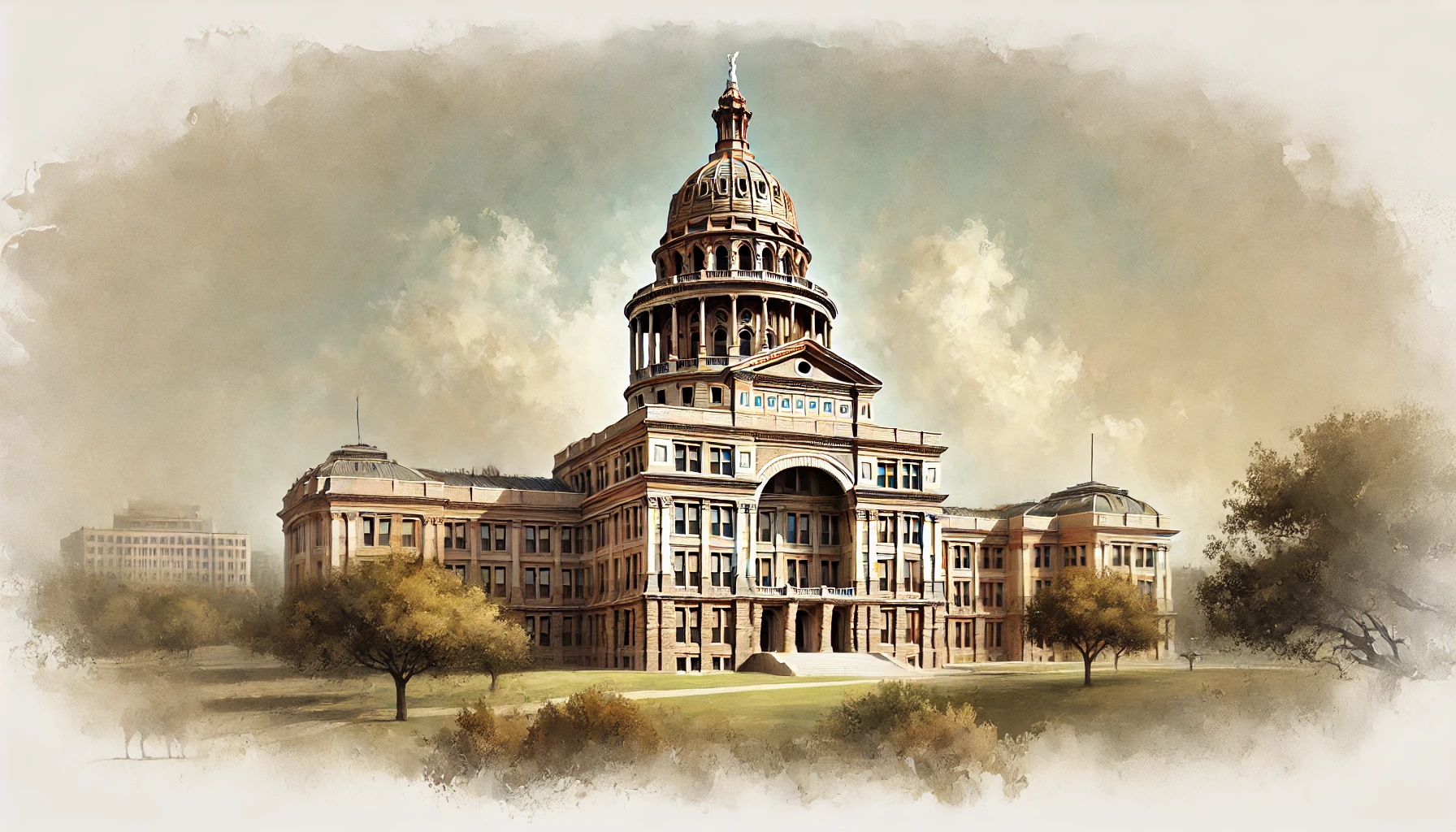What Was the Capitol of Texas Before Austin?
The Journey of Texas Capitals: A Tale of Eight Cities
The path that Texas took to establish its permanent capital is as vast and dynamic as the state itself. Prior to Sparkly Maid Austin serving the city we now know as our state's capital, Texas had gone on an eight-city journey through towns that were all capitals in their own time and which played a very vital part in our state's history. The story of these capitals reflects not just political decisions but the very essence of growth of Texas from a Mexican territory to an independent republic, finally to American statehood.
San Felipe de Austin: The First Capital
In 1824, Stephen F. Austin founded San Felipe de Austin that would later become Texas's first capital. The settlement was unofficially the capital of his colony and also an important center for Texas's postal service. During the outbreak of the Texas Revolution, the town developed second in importance commercially in the state, after San Antonio. The strategic location of San Felipe on the Brazos River made it a very suitable place for the very first governance, hosting in its area crucial political meetings that would mold Texas's future. It became an essential check-up point for immigrants entering Texas and the main point of contact between Mexican officials and American colonists.
The Revolutionary Period
The capital of Texas, for various reasons, shifted several times during the Texas Revolution: at first in Washington-on-the-Brazos in March of 1836, where Texas declared its independence. The Convention of 1836 convened in this humble wood building, writing and signing the Texas Declaration of Independence in bitter cold and most primitive conditions. When the Mexican army, under the leadership of Santa Anna, drew closer, the government moved to Harrisburg, then to Galveston Island and briefly to Velasco. These rapid movements reflected the turbulent nature of the revolution and the need for the government to be one step ahead of Mexican forces.
Columbia and Houston: The Interim Capitals
Historic Columbia obtained the designation to be remembered as the very first capital of Texas's elected government in October 1836. This place marked the first Congress of the Republic of Texas, establishing elementary laws and governmental structures. However, the seat of government was moved to the newly established city of Houston by President Sam Houston in December of that year, where it would remain until 1839. If you are planning to do a move out cleaning in this historic area, you will literally be walking in the footsteps of Texas' founding fathers.
Austin's Rise to Permanence
It was not until 1839 that a turning point occurred in the administration of Mirabeau B. Lamar, who opted for the small settlement of Waterloo-which would shortly be renamed Austin-as the permanent capital. In this respect, it was also part of Lamar's greater vision related to Texas's westward expansion and protection against Native American tribes. At the least, when faced with challenges-for example, the attempt by Sam Houston to remove the government to Houston during Mexican incursions in 1842-Austin retained its status in less than a peaceful process called the Archive War. It literally had citizens of Austin defending their city as the permanent capital, with the refusal to remove government documents to Houston in a rather dramatic affair.
The Legacy of Texas Capitals
The travels of the capital cities of Texas mirror well its growth and expansion. From the temporary log cabins to the grand State Capitol building that we see today, each place added something peculiar to Texas heritage. The current Texas State Capitol was completed in 1888 and is a testimony to the lasting spirit of Texas, built from distinctive Texas Sunset Red Granite. It was the purposeful intentionality in the architecture and the scale, outstripping even the United States Capitol in homage to the pride and ambitions of the Lone Star State.
Building the Modern Capital
Even the capitol building in Austin itself has a story to tell from its very construction. From stone cutters, carpenters, and other artisans worldwide, this was not a small undertaking by any stretch of the imagination, hence called upon over 1,000 workers to construct it. Indeed, this culminated in a result comprising a facility with 392 rooms, 924 windows, and 404 doors, revealing both the grand aspect and practical use in architecture. Currently, Sparkly Maid Austin assists in beautifying home households, making them sparkle inside and outside within this historical city, maintaining Austin's history to this date.
A Timeline of Texas Capitals
San Felipe de Austin (1824-1836)
Washington-on-the-Brazos (1836)
Harrisburg (1836)
Galveston 1836
Velasco 1836
Columbia (1836)
Houston (1837-1839)
Austin (1839-present)
From the humble beginnings of San Felipe de Austin to the thriving metropolis that is Austin today, each capital city played its part in the development of Texas. It is a story of resiliency and growth on the part of the state, its people, and the pioneer spirit that persists to this day in the Lone Star State. This journey of moving the capital multiple times shaped not only the political landscape but also the cultural identity that was Texas, leaving behind a rich tapestry of history to continue inspiring and educating future generations.
